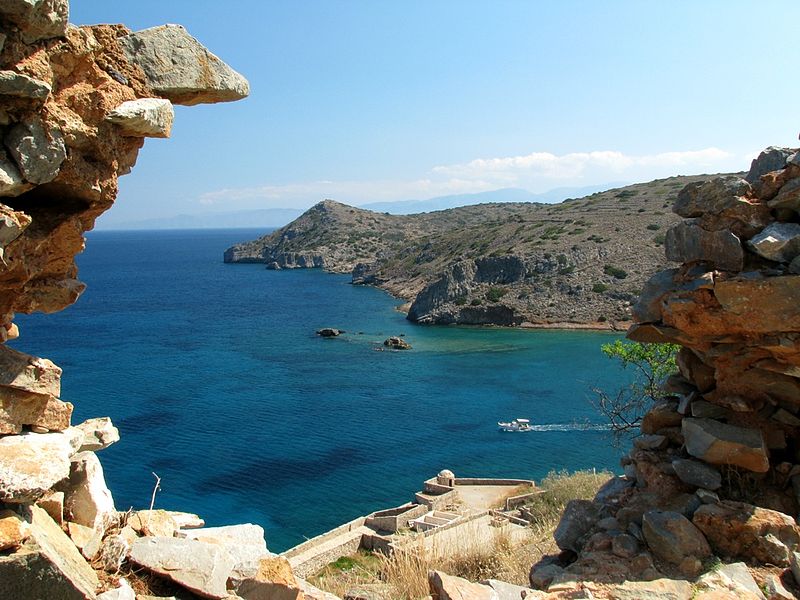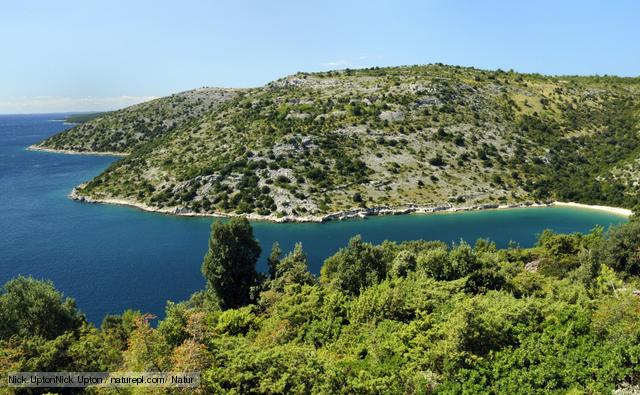
Habitat
The Scarabaeus sacer is found in coastal dunes and marshes around the Mediterranean Basin. The Mediterranean Basin is the region of lands around the Mediterranean Sea that have a Mediterranean climate, with mild, rainy winters and hot, dry summers, which supports characteristic Mediterranean forests, woodlands, and scrub vegetation (UNEP Regional Seas Programme 2011). The Mediterranean Basin covers portions of three different continents, Africa, Europe, and Asia (Blondel et al. 2010).
Europe lies to the north,
and three large
Southern European
peninsulas,
the
Iberian,
Italian,
and the
Balkan Peninsula,
extend into the Mediterranean-climate zone.
A system of folded mountains,
including the
Pyrenees,
the
Alps,
the
Dinaric Alps,
and the
Balkan
and
Rhodope
mountains of the Balkan Peninsula divide the Mediterranean from the
temperate climate regions covering the rest of
Europe
(Blondel et al. 2010).
The Mediterranean Basin extends into Western Asia, covering the western and southern portions of the peninsula of Turkey. It includes the Mediterranean climate at the eastern end of the Mediterranean, bound on the east and south by the Syrian and Negev deserts (Blondel et al. 2010).
The northern portion of the Maghreb region of northwestern Africa has a Mediterranean climate, separated from the Sahara Desert, by the Atlas Mountains. In the eastern Mediterranean the Sahara extends to the southern shore of the Mediterranean, which has a dry Mediterranean climate (Blondel et al. 2010).
Other organisms that live in Scarabaeus sacer habitat include cattle and horses. Which also provide the source of this scarab beetle's main food source, dung. The Mediterranean Basin also includes 12,000 other species that are found no where else in the world, 22,500 species total (UNEP Regional Seas Programme 2011).
Click here to learn about their adaptations